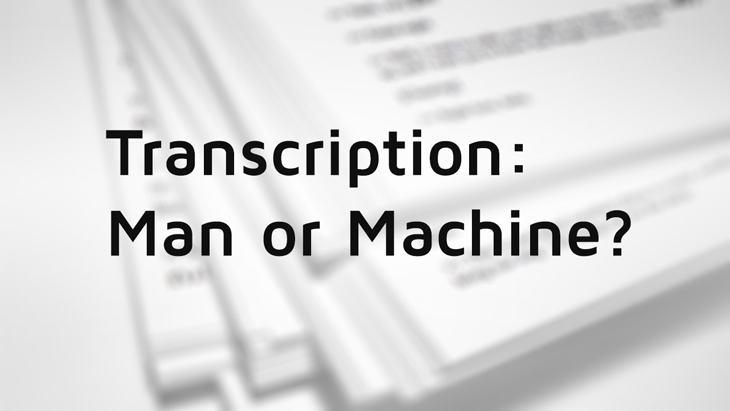The Role of Transcription in Closed Captioning
One of the most common questions about the closed captioning process centers around transcription.
Many people inquire whether transcription is an automated process using voice recognition or if it remains a task best handled by humans.
Voice Recognition Technology in Closed Captioning Transcription
There are some excellent software tools and equipment today that take voice recognition to a whole new level.
However, the most effective voice recognition solutions are those tailored to a specific speaker’s unique style and dialect.
Challenges of Dialects and Regional Accents
Television programs often feature speakers from diverse locations and backgrounds, resulting in varied speaking styles.
This diversity can challenge voice recognition systems.
Shows like PBS’s Do You Speak American? and History Channel’s How the States Got Their Shapes highlight the vast differences in American English, including at least 24 regional accents.
The Growing Complexity of the English Language
A collaborative study by Google and Harvard University revealed that the English language has doubled in size over the past century, expanding by 8,500 new words annually.
Constantly evolving vernaculars and expanding vocabulary make transcription increasingly challenging for automated systems.
Limitations of Automated Transcription
Think computers don’t struggle with language complexity?
Consider how spell check fails to recognize product names, religious terms, or new pop-culture buzzwords.
Automated systems often misinterpret or skip over such terms, creating potential inaccuracies in closed captioning transcription.
Human Advantages in Transcription
Human transcriptionists have the advantage of understanding diverse dialects and adapting to new language trends.
Unlike machines, humans benefit from cultural context and collective memory, which allows for quick adoption of new terms and phrases.
Why Human Transcriptionists Are Preferred for Closed Captioning
Voice recognition and emerging technologies are transforming media accessibility.
However, for now, professional human transcriptionists remain the preferred choice for accurate and reliable closed captioning transcription.

Ryan Hawthorne
Ryan is the Operations Manager and the reason we can brag about the quality of our captions. He isn’t shy of high standards or quick turnarounds. He makes sure your project looks perfect every step of the way. When Ryan isn’t captioning, he’s spending time with his family as a new father.


